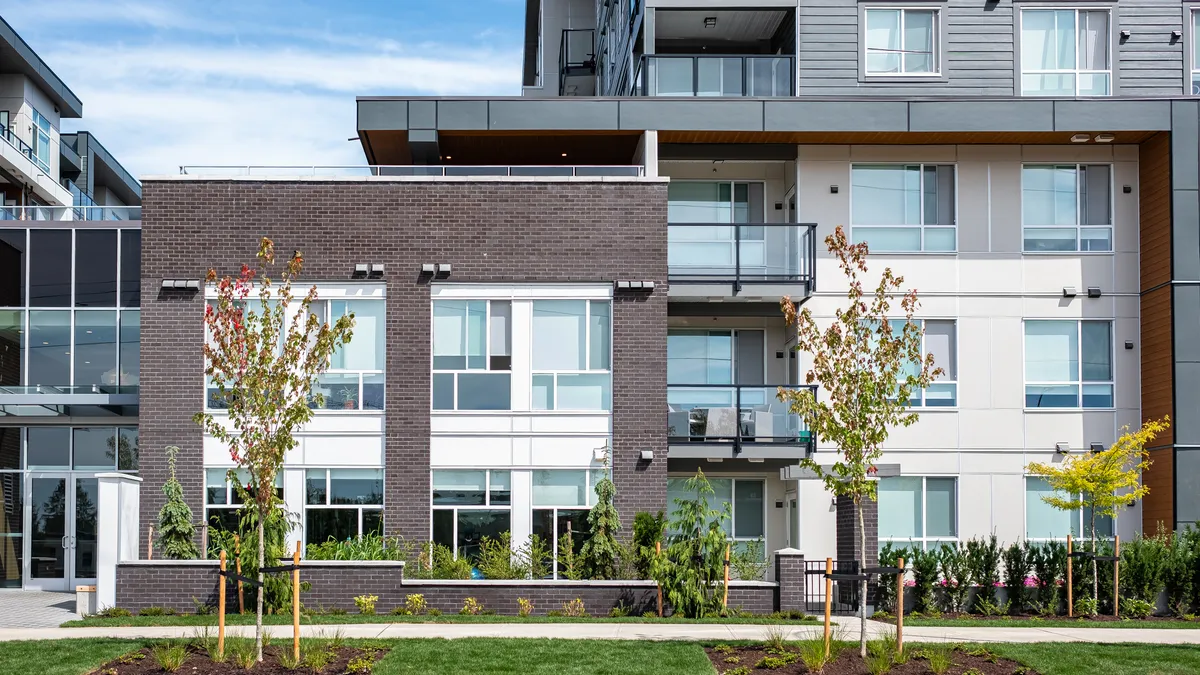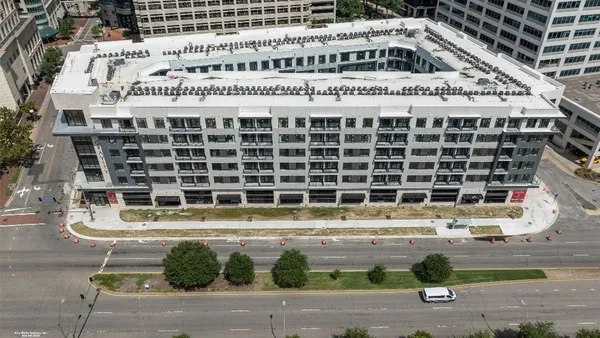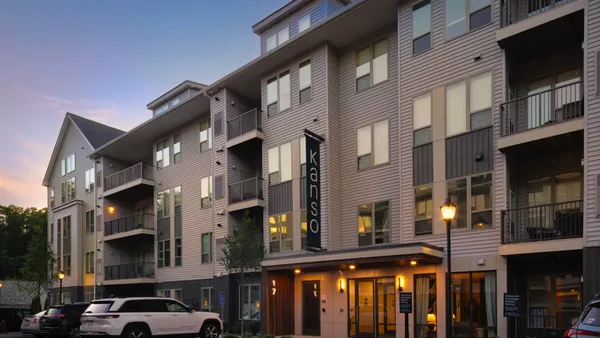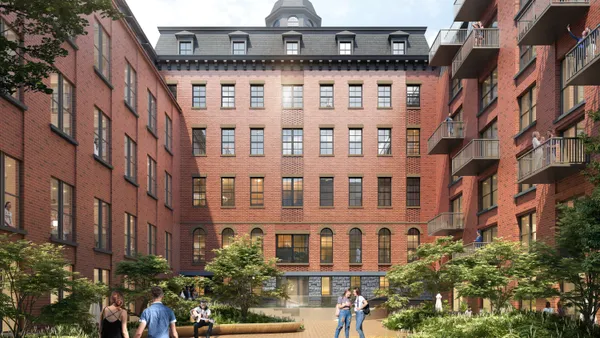The national average rent rose for the first time in six months from December to January, up $3 to $1,746, according to Yardi Matrix’s latest national multifamily report. At the same time, year-over-year rent growth rose by 20 basis points, up to 0.8%.
The occupancy rate for stabilized properties fell to 94.5% in December, the lowest level recorded since the first quarter of 2014. (Occupancy data is current to the previous month.) Yardi attributes this to high delivery volumes in fast-growing markets, including Austin, Texas; Raleigh-Durham, North Carolina; and Charlotte, North Carolina.
Metros in the Northwest and Midwest are still leading the nation in rent growth, and New York City remains at the top with 5.4% growth YOY. Austin still had the sharpest YOY rent decline at -5.4%, followed by Raleigh at -3.5%.
| Market | YOY rent growth, January 2025 | YOY rent growth, December 2024 | Difference |
|---|---|---|---|
| New York City | 5.4% | 5.0% | 0.4 |
| New Jersey | 4.2% | 3.8% | 0.4 |
| Detroit | 4.1% | 2.5% | 1.6 |
| Kansas City, Missouri | 3.9% | 3.9% | 0 |
| Philadelphia | 3.1% | 1.9% | 1.2 |
| Washington, D.C. | 3.1% | 2.8% | 0.3 |
| Chicago | 2.6% | 3.3% | -0.7 |
| Indianapolis | 2.6% | 2.6% | 0 |
| Baltimore | 2.5% | 2.2% | 0.3 |
| Seattle | 2.4% | 1.8% | 0.6 |
SOURCE: Yardi Matrix
The single-family rental sector also rebounded from December to January, according to the report, with average rents for build-to-rent properties rising $5 to $2,157. Single-family YOY rent growth has risen 20 points since December, but remains negative at -0.2%.
Experts are generally confident that the strong demand observed in 2024 will continue, according to Yardi. The market absorbed roughly 400,000 new units in 2024, one of the strongest years on record, according to Yardi Matrix data. Job growth remains a strong indicator of economic performance as well, with 256,000 new jobs created in December.
High mortgage rates and a low supply of for-sale homes on the market are also contributing to apartment retention rates. However, these same high interest rates may continue to pose challenges for property transactions in the next year.
On top of that, the new administration has brought with it an uncertain and rapidly changing policy environment. President Donald Trump recently imposed a 25% tariff on steel and aluminum imports, threatened future tariffs and ramped up immigration enforcement ollowing promises of mass deportations during his campaign.
“Tariffs could increase the cost of construction materials from Mexico and Canada such as lumber, plastics and flooring, and might trigger retaliation,” the report said. “Immigration has boosted job growth and apartment demand, so curtailing it is a potential negative shock.”











